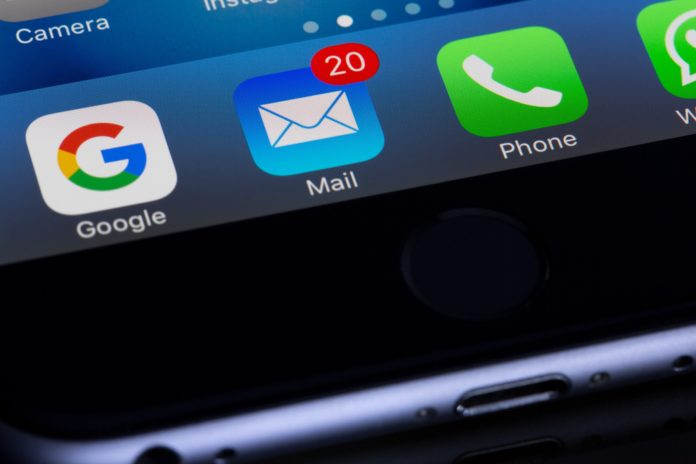With Black Friday (26 November) and Cyber Monday (28 November) looming in the United Kingdom, Everlytic says that retailers need to consider how best to differentiate their customer communication amidst the inevitable barrage of email marketing traffic.
In the week running up to Black Friday last year, Everlytic’s email servers processed an average of 1.7 terabytes of data per day. Data volumes peaked on Black Friday and the day before at 3.2 terabytes and 3.1 terabytes respectively.
Retailers must therefore employ simple but actional strategies that line up consumers’ attention curves with their messaging loads.
Inbox 101: Timing is critical
There is a theoretical attention curve that represents key factors in getting emails noticed: the frequency by which a consumer pays attention to their inboxes; what the level of competition is for a message in the inbox at the time; and the practical message load on a consumer.
With consumers receiving 70% fewer emails on weekends, there is a higher probability that they will notice a marketing message come through during that time. However, when they return to the office on a Monday, a retailer must consider whether a consumer reads emails from the bottom.
If so, the most impactful marketing messages should reach the recipient after they have logged off on a Friday. A good time to send such an email to a work address is just before 20:00.
When it comes to personal email addresses, retailers should consider sending a targeted communication before 13:00 on a Saturday.
A personal approach
Some strategies retailers should consider when it comes to enticing a consumer to open an email include the following approaches:
- The sender’s name: What is the likelihood that the consumer knows the brand or expects messages from the organisation? Retailers need to use brand recall and equity, or personalise the email using the name of an account manager.
- The sender’s address: This must be legitimate and trustworthy.
- Subject line: Emojis work well to catch attention as does inserting the recipient’s name in the subject line text.
- Call to action: Is this informing; offering a discount; providing a personalised offer? There must be a distinct and value-adding reason for sending the mail.
Retailers can also consider using Gmail’s promotional metadata tool. This lets the brand present their logo, discount details, end dates, and promotional images with the email while avoiding the junk folder.
Getting noticed and ensuring success over Black Friday and Cyber Monday requires continual monitoring of the environment. Retailers must be willing to tweak and change their strategy as required.














